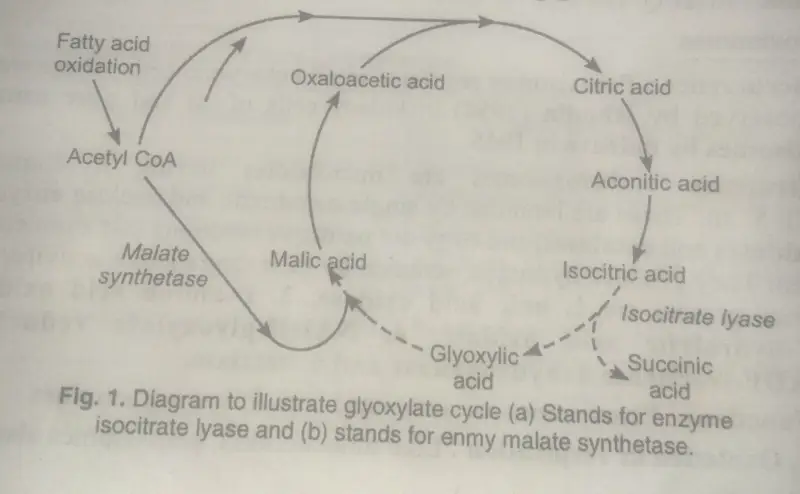Hello friends, in this article, we will know what is peroxisomes and will also learn about it: Its Definition, Types, Structure, Discovered, functions, etc. So let’s start without wasting time.
What are peroxisomes?
The peroxisome is a cell organelle.
Where is the peroxisome found?
Peroxisomes are found in all Eukaryotic cells. These were first observed by Rhodin (1954) in kidney cells of rats and were named peroxisomes by Christian de Duve in 1965.
Peroxisome structure
Peroxisomes are microbodies having a diameter of 0.5–1.5 nm. These are bounded by single membranes and enclosed enzymes, such as peroxidases and catalase, and they carry out oxidative reactions using molecular oxygen. They produce hydrogen peroxide through their degradative activity.
The enzymes present are –
- Uric acid oxidase
- D-amino acid oxidase
- Hydrolytic acid oxidase
- NADH-glyoxylate reductase
- NADP-isocitrate dehydrogenase
- Catalase.
Peroxisomes function
Peroxisomes are associated with the following activities.
- Oxidation or respiration: Like mitochondria, peroxisomes also help in cell respiration. In green plants, this carries out photorespiration. The peroxisomal enzymes are of two types: Peroxisomal oxidase catalyzes the Oxidation of a variety of substrates and transfers hydrogen atoms to molecular oxygen for hydrogen peroxide (H2O2). H2O2 is highly toxic.
- Peroxisomal catalase enzyme immediately breaks down H2O2 to H2O and oxygen or uses H2O2 to oxidize substances like phenol, formic acid, formaldehyde alc, Bohol, etc.
- Permeability: The membrane binding the peroxisome is highly permeable. It allows inorganic ions and substances with low molecular weight to pass through its membrane.
- Detoxification: Peroxisomal enzymes detoxify various molecules in the liver and kidney and protect the body from different toxins.
- Metabolism of fatty acid: peroxisomal enzymes catalyze the breakdown of fatty acid to acetyl CoA, which enters mitochondria to start the citric acid cycle or Krebs cycle.
Glyoxysomes
Glyoxysomes are similar to peroxisomes but contain glyoxylate cycle and peroxisomal enzymes. These were described by R. W. Briedenback in 1967. These are present in plant tissues.

The enzymes in glyoxysomes are isocitrate lyase and malate synthetase, which are several essential Krebs cycle enzymes. During the germination of seeds, the fat stored in the endosperm is transformed into carbohydrates through the glyoxylate cycle- a modified form of the Krebs cycle.
The glyoxylate cycle does not occur in animal cells. They are unable to convert fatty acids into carbohydrates.
Spherosomes –
The spherosomes are spherical particles about 0.5 to 2.5 microns in diameter. These occur in most plant cells. These originate from the ER and contain lipids and proteins. The spherosomes associated with the synthesis and storage are associated with the synthesis and storage of lipids.
Maize root and tobacco endosperm tissue are rich in hydrolytic enzymes like acid phosphatase and are considered lysosomes. Still, their lipid nature makes them distinct from the lysosomes. Spherosomes do not exhibit a wide range of lytic action as lysosomes.
Difference between Peroxisomes and Glyoxysomes –
| Peroxisomes | Glyoxysomes |
| It is found in animal cells and leaves of higher plants. | Contain enzymes peroxidases, catalases, and enzymes of the glyoxylate cycle. |
| Contains enzymes peroxidases, catalases, and enzymes of the glyoxylate cycle. | In peroxisomes, hydrogen atoms are oxidized to hydrogen peroxide (H2O2), which is degraded into H2O and oxygen. |
| Carry out photorespiration. | Are associated with triglyceride metabolism. |
| It is found in plant cells and abundant in germinating seeds’ endosperm. | Transform stored fat into carbohydrates by the glyoxylate cycle. |
Difference between Peroxisomes and Lysosomes –
| Peroxisomes | Lysosomes |
| It is found in animal cells and in the leaves of higher plants. | It is found in animal cells and a few plant cells. |
| Contains tissue dissolving of hydrolytic enzymes. | It is responsible for hydrolysis of organic molecules and dissolving Hydrolytic enzymes. |
| Carry out photorespiration in green plants. | It is responsible for the hydrolysis of organic molecules and the dissolving of Hydrolytic enzymes. |
| Help in the release of energy. | Help in intracellular digestion or cell dissolution. |
Friends, if you like the information, share it as much as possible.
Thank you






